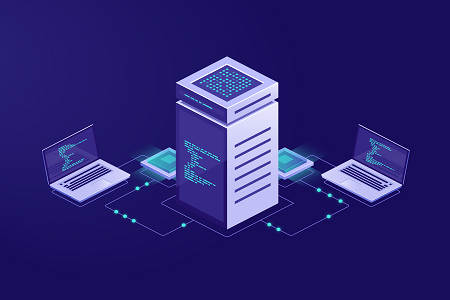Salient IT Services › Cloud Data Backup Woodland
What you need to know about cloud data backup in Woodland
Cloud data backup is becoming increasingly common practice, especially for SMBs, many of which will cloud-native anyway (or at the very least cloud-first). While the underlying principles of cloud data backup are essentially the same as for traditional data backup, there are some important differences in the details. With that in mind, here is a quick guide to what you need to know about cloud data backup in Woodland.
The better you govern your data, the easier cloud data backup will be
First of all, you need to be able to split out sensitive data and general data. Then you need to be able to split out production data and dormant data. Ideally, you will then split out the dormant data into data that is being kept for legal/compliance reasons andbe your biggest cloud data backup expense, data which is being deliberately stored because it may be wanted for other reasons. Dormant data that does not fit into either of these categories should be deleted. In the real world, however, this is not necessarily as simple as it really ought to be.
You only want to backup your production data
This is true in any environment, but it is a lot more important in the cloud than it is in traditional data centers. The reason for this is that with traditional data centers, the cost is all up-front. You buy a storage device and then it’s essentially up to you how full you fill it. In principle, it is more expensive to buy higher-capacity devices than lower-capacity ones, but in practice, storage has been so very affordable for so long that there has been very little financial incentive to apply robust data governance to general data.
In the cloud, by contrast, you are charged for exactly what you use for exactly as long as you use it. This gives you a very strong financial incentive to ensure that your dormant data is archived (or deleted) so you are only paying data-transfer charges and fast-storage charges for actual production data.

Given that archives are intended for data that is highly unlikely to be needed quickly, certainly not for production purposes, there can be an argument made for keeping one copy on a physical device in off-site storage and another in a cloud archive. These days, however, it’s becoming increasingly common just to archive in two different clouds. Either way, sensitive data should usually be archived in an encrypted state.
Sensitive data can usually be backed up from a private cloud to a public cloud
It is usually acceptable to back up sensitive data to a private cloud, provided that you encrypt it on your own servers first and keep it encrypted until it is either back on your servers (for a restore) or deleted. Whether or not this is a good idea will depend on your overall plans and, in particular, whether your priority is to keep costs down or to ensure that downtime is kept to an absolute minimum.
Backing up to the public cloud is often the most cost-effective way to store your data, but the fact that you need to keep the data encrypted means that you will need an alternative disaster-recovery solution, usually a second private cloud and then you need to ensure that both private clouds can both import from and export to the public cloud where you are storing your data backups so you can keep your data in sync.
This strategy will only slightly impact your restore time for minor disruptions (like someone accidentally deleting data), but it can noticeably slow down your disaster-recovery time because you will need to transmit your data from the public cloud to your disaster-recovery cloud and then decrypt it before you can resume production.
Backing up to a private cloud is often more expensive, but you can keep your data in the clear there and if you add in everything you need to work with the data (for example an operating system and applications), then your recovery time should be minimal.
Astute cloud data backup management can also help to reduce costs
While storage costs will probably be your biggest cloud data backup expense, you should also think about the cost of bandwidth i.e. data transfer. You can reduce this by combining full data backups with incremental backups and/or differential backups.
Incremental backups only back up the data which has changed since the last backup. They require minimal resources to perform but you may need to use several of them for a full restore. Differential backups only back up the data which has changed since the last full backup. They require more resources to perform but it can be quicker and easier to restore from them.
If you’d like to speak to a reputable and experienced cloud data backup provider in Woodland, please click here now to contact Salient IT.



